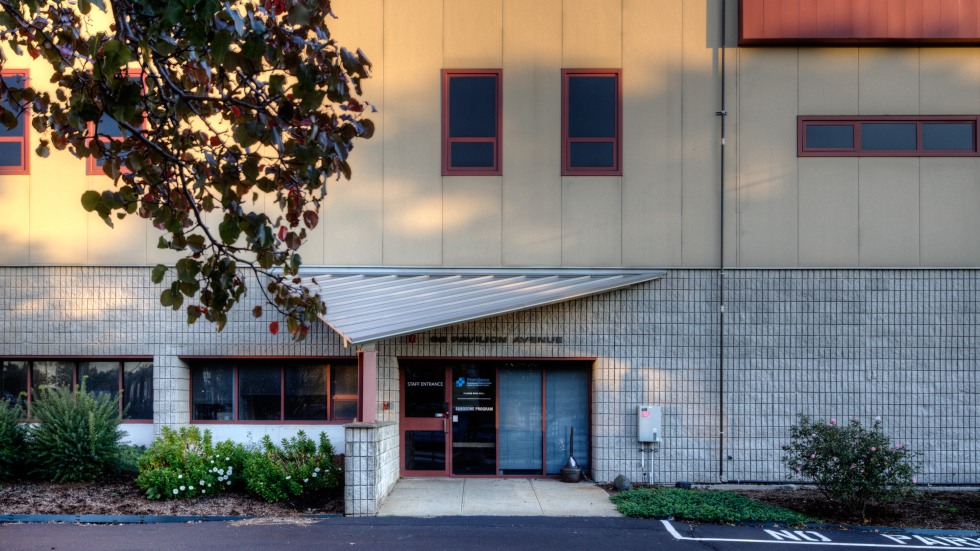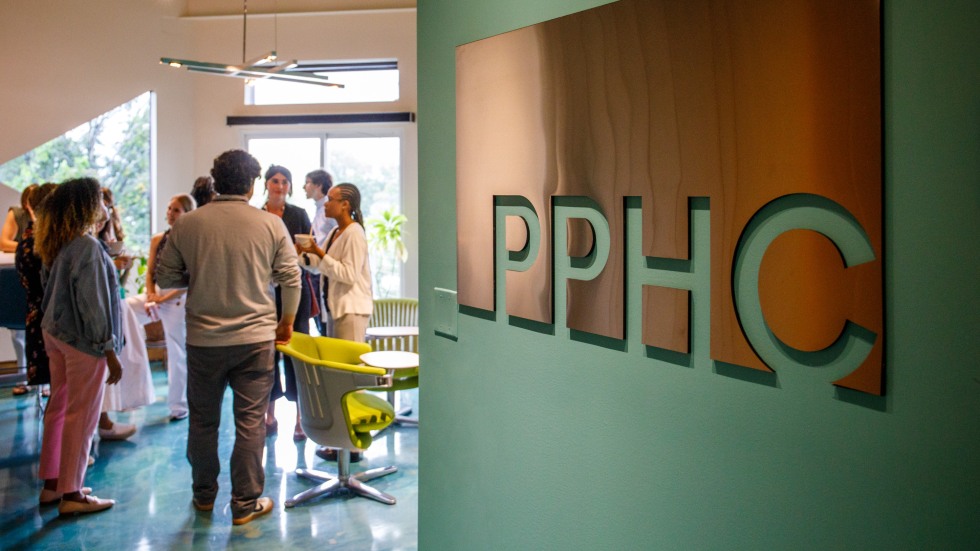Rapid communication of scientific results—while maintaining academic rigor—is a challenge. The peer reviewed publication timeline is not conducive to in-the-moment communication. Studies can take months, or even years to conduct, and papers often then take months to be published. So how does public health respond to—and communicate to people about—public health problems as they emerge in real time?
The People, Place and Health Collective (PPHC) is a group of more than 40 faculty, postdoctoral fellows, staff members, and students in the School of Public Health, led by Brandon Marshall Ph.D. and Francesca Beaudoin MD, MS, Ph.D. PPHC intentionally pursues projects with a component of active dissemination. The last few years have been a busy time for the Collective, with an accelerating overdose crisis, the challenges of the COVID-19 pandemic, and now the epidemic of monkeypox.
Since helping to launch the state’s overdose prevention campaign and dashboard, PreventOverdoseRI, in 2015, the collective has taken on a variety of projects that involve communicating on the go. From early work with the Rhode Island Department of Health on their COVID-19 data dashboards, to the Long COVID Initiative—which aims to provide people, providers, and companies with resources and information to tackle the challenge of long COVID—the collective sees communications work as being just as important as the peer reviewed research they pursue.
There are a few principles that guide the work of the collective as they communicate to policymakers and the broader public. They seek to use data to drive action; providing data points with the relevant context for understanding and connecting them with concrete policy action people or policymakers can take. They create materials in as plain language as
possible, aiming for a 9th grade reading level or less. They adhere to CDC’s health communications guidelines, which outline best practices for plain language health communication to make work more accessible. They use social media and visual tools as much as possible, in addition to traditional media and print resources—allowing them to reach multiple audiences through many different mediums. Finally, PPHC recognizes the importance of prioritizing health equity, especially when it comes to tackling racial and ethnic inequities in healthcare. They do this by ensuring equity is taken into consideration when designing messaging and by partnering with affected communities to ensure their work has its intended impact.
The collective has been working on two projects recently that exemplify these principles: testRI and Project SIGNAL.

